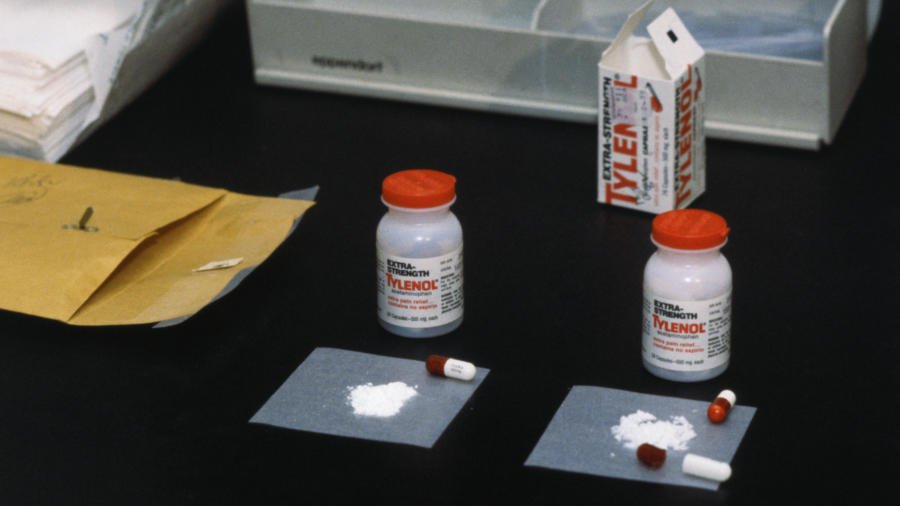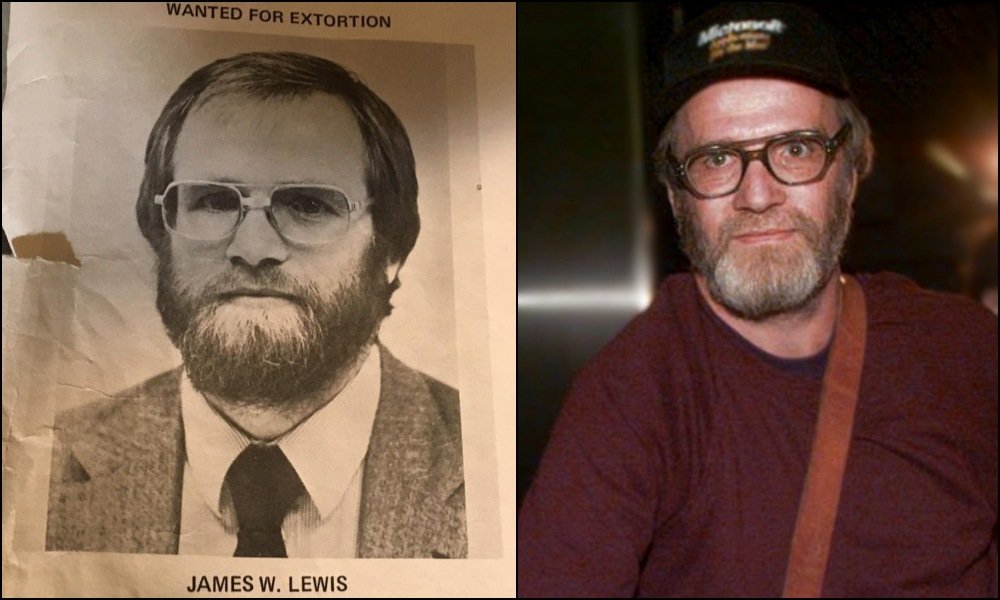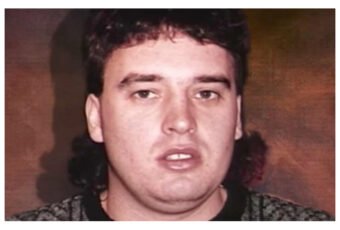A trusted pill turned deadly, Chicago Tylenol Murders were a series of poisoning deaths resulting from drug tampering in Chicago Metropolitan area in 1982. The incident introduced the way we consume medications today: cotton wad, foil seal, childproof cap, plastic strip.

It was a national nightmare, the extra strength Tylenol capsules killed seven people in mere three days in the fall of 1982. The case that literally changed the way Americans shop. The Tylenol scare prompted the nation first mass recall of a retail product, new ways were introduced, the products that can’t be tampered with. The Tylenol murders convinced the government to make tampering with pill bottles illegal.
The Tylenol Murders
In the fall of 1982, Chicago experienced unexplained deaths of seven people ranging from 12 to 35. The only thing they had in common, is the painkiller, Tylenol.

Among the victims there were three from the same family, as Adam Janus, aged 27 collapsed after ingesting extra-strength Tylenol and was rushed to the hospital where he died. When the family returned home, both Adam’s brother Stanley and Stanely’s wife Theresa took a Tylenol, resulting in both of their deaths.
Cook County Investigator Nick Pishos, compared the Janus bottle to another victim, the bottles shared one similarity, a control number, MC2880. When Nick smelled the bottles, both the bottles smelled like Almonds and Cyanide smells like Almonds.
Exposure to Cyanide can lead to seizures, cardiac arrest, and respiratory failure. The blood tests revealed that the victims had taken a dose that was 100-1000% lethal than Tylenol.
By the evening of October 1, 1982, after the death of all the seven victims, authorities were fairly certain that Tylenol had intentionally been poisoned with Potassium Cyanide.
By the night Johnson & Johnson recalled every bottle from the shelves immediately, over 31 million bottles of Tylenol were recalled following Tylenol Murders. The company issued warnings, they also offered to replace the recalled bottled with new bottles and put a $100,000 reward for anybody with information about the person who poisoned Tylenol.
The recalling and replacing of the bottles cost over $100,000,000 to Johnson & Johnson.
Investigation
In the initial stages, there were about 1200 actual leads and the US newspaper ran over 100,000 separate about the incident. Hospitals were filled with people believing that they were poisoned.

Chicago Police Department went throughout the city giving warnings about Tylenol through loudspeakers. After the banning of Tylenol, several copycat incidents happened, about 270 in the month of banning the Tylenol. Some copycats tampered the pills with rat poison, hydrochloric acid.
All the victims bought their Tylenol from different stores and those stores got their Tylenol from different production plants. Over 10 million recalled capsules were tested and 50 capsules were found to contain cyanide across eight bottles, out of which five of them belonged to the victims, two of these bottles were sent back in the recall and chillingly one bottle was still in the shelves.
No fingerprints or other physical evidence was found on the bottles, there was no evidence showing the killer’s trail in the stores, as surveillance cameras were not as common in the 80s. Many believed that it might have been a white-collar crime, intent on taking Johnson & Johnson stock.
White-Collar Crime Theory
Victim’s funeral was publicized hoping the killer would show up at one of them eventually, but no one was caught. Police made the theory that whoever did this visited various stores and purchased the Tylenol, planted the potassium cyanide in the capsules, then placed those pills back in the bottle and returned the bottles around the September 28th.
As cyanide would eat through the capsules, so whoever committed the crime would have to do it close to when the capsules were purchased and consumed, therefore have to have done it in Chicago.
Suspects
The case caught attention nationwide, surveillance cameras haven’t come in the 80s and it was getting harder and harder to catch the criminal. Police managed to find some of the suspects by checking the store records, people who were caught shoplifting were questioned again, every worker working and worked before was interrogated in order to find the culprit behind the Tylenol murders.
Roger Arnold
A 48-year-old dock worker, Roger Arnold said some suspicious things about the Tylenol murders at a bar one night. The police then questioned him and searched his home, and found several interesting connections. Roger worked at a Jewel warehouse with the father of one of the victims named Mary Reiner.
Adam Janus, another victim had purchased Tylenol from a Jewel convenience store and according to the New York Times, the store where Mary Reiner bought her fatal pills was across the street from where Roger Arnold’s wife’s psychiatric ward was located. Additionally, “How-to” crime manuals were found in Arnold’s home.
Beakers and other equipment were also found in Roger’s home, along with a bag of powder. The bag of powder contained Potassium Carbonate, not potassium cyanide. Roger Arnold refused to take a lie detector test and the police never found enough evidence to prosecute him.
Though Arnold went to jail for the murder of John Stanisha, as he believed that he ratted him out to police for his comments at the bar.
James Lewis
One week after the first death from Tylenol pills, Johnson & Johnson received a photocopy of a handwritten unsigned letter. The FBI found the fingerprints of James Lewis in the letter. The letter reads:

Johnson & Johnson
Parent of
McNeil Laboratories
Gentleman:
As you can see, it is easy to place cyanide(both potassium & sodium) into capsules sitting on store shelves and since the cyanide is inside the gelatin, it is easy to get buyers to swallow the bitter pill.
Another beauty is that Cyanide operates quickly. It takes so very little and there will be no time to take countermeasures. If you don’t mind the publicity of these capsules, then do nothing. So far, I have spent less than fifty dollars and it takes me less than 10 minutes per bottle.
If you want to stop the killing then wire $1,000,000.00 to bank account #84-49-579 at Continental Illinois Bank Chicago, Ill.
Don’t attempt to involve the FBI or local Chicago authorities with this letter. A couple of phone calls by me will undo anything you can possibly do.
As fingerprints were found in the letter, a warrant for his arrest was issued and the manhunt ended on December 13 after Lewis was spotted at a New York public library.
The bank account number listed in the letter did not belong to Lewis but instead belonged to a man named Frederick Miller McKay. Lewis only included Mccahey’s bank account number in hopes that it would expose his $511 theft. Lewis ultimately had nothing to do with the murders and was as petty as it was idiotic.
Lewis was sentenced to 20 years in prison but served a little less than 13 years. While in prison Lewis Bizarrely offered his “help” and explained in detail how someone might go about injecting the capsules with a lethal amount of cyanide.
The positive thing that came from the case is that FDA and Johnson & Johnson created the tamperproof foil seals that we now use to determine if containers have been tampered with.
In the end, no one knows what inspired someone to do something like this? What truly transpired on that one fateful day in Chicago continues to baffle and the case still remains unsolved.
Now that you’ve read about the Tylenol Murders, read about Top Unsolved cases yet, including Tylenol Murders and many more.










